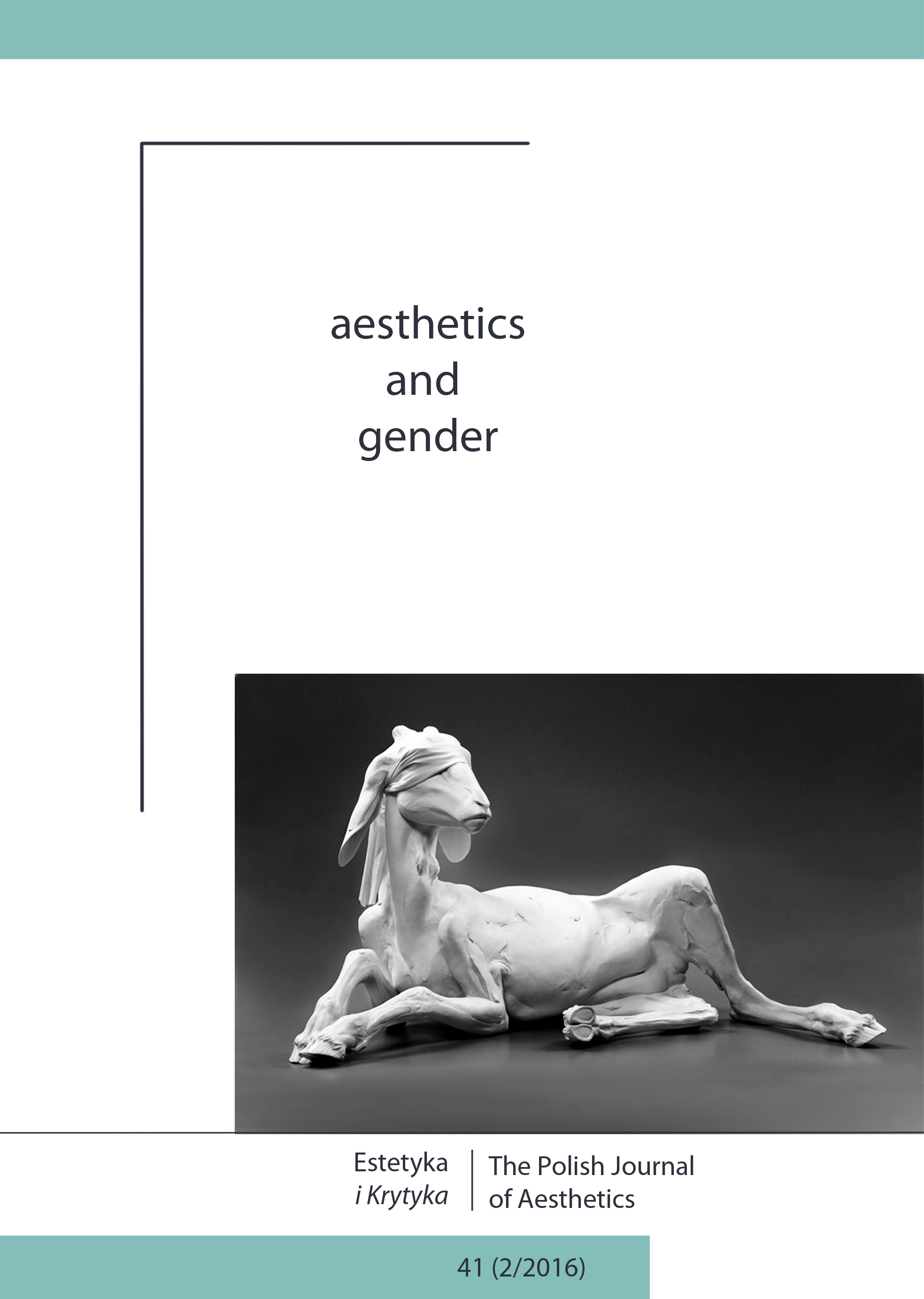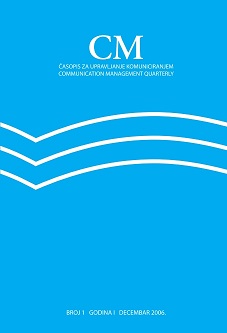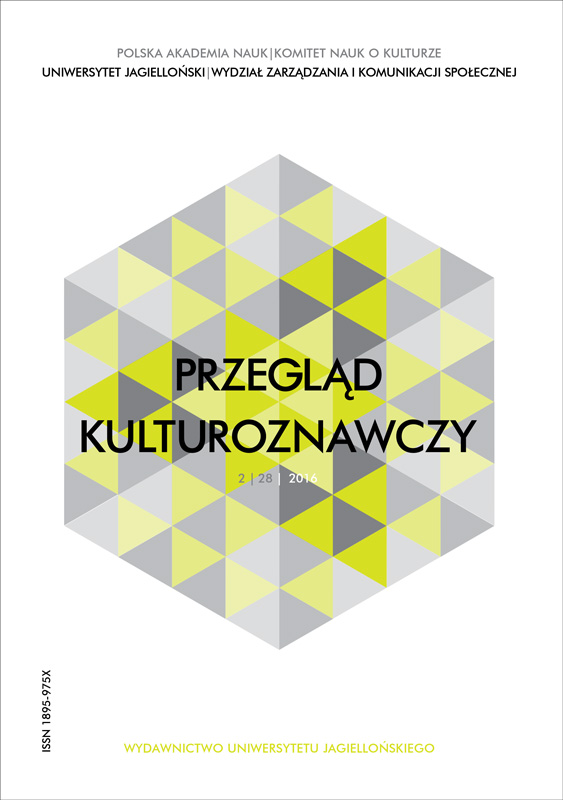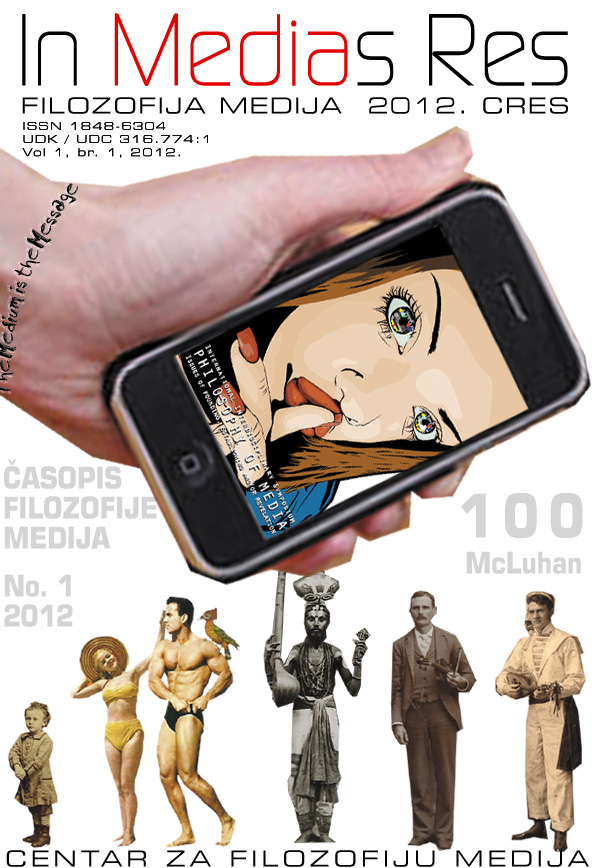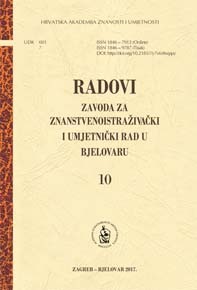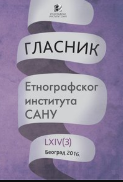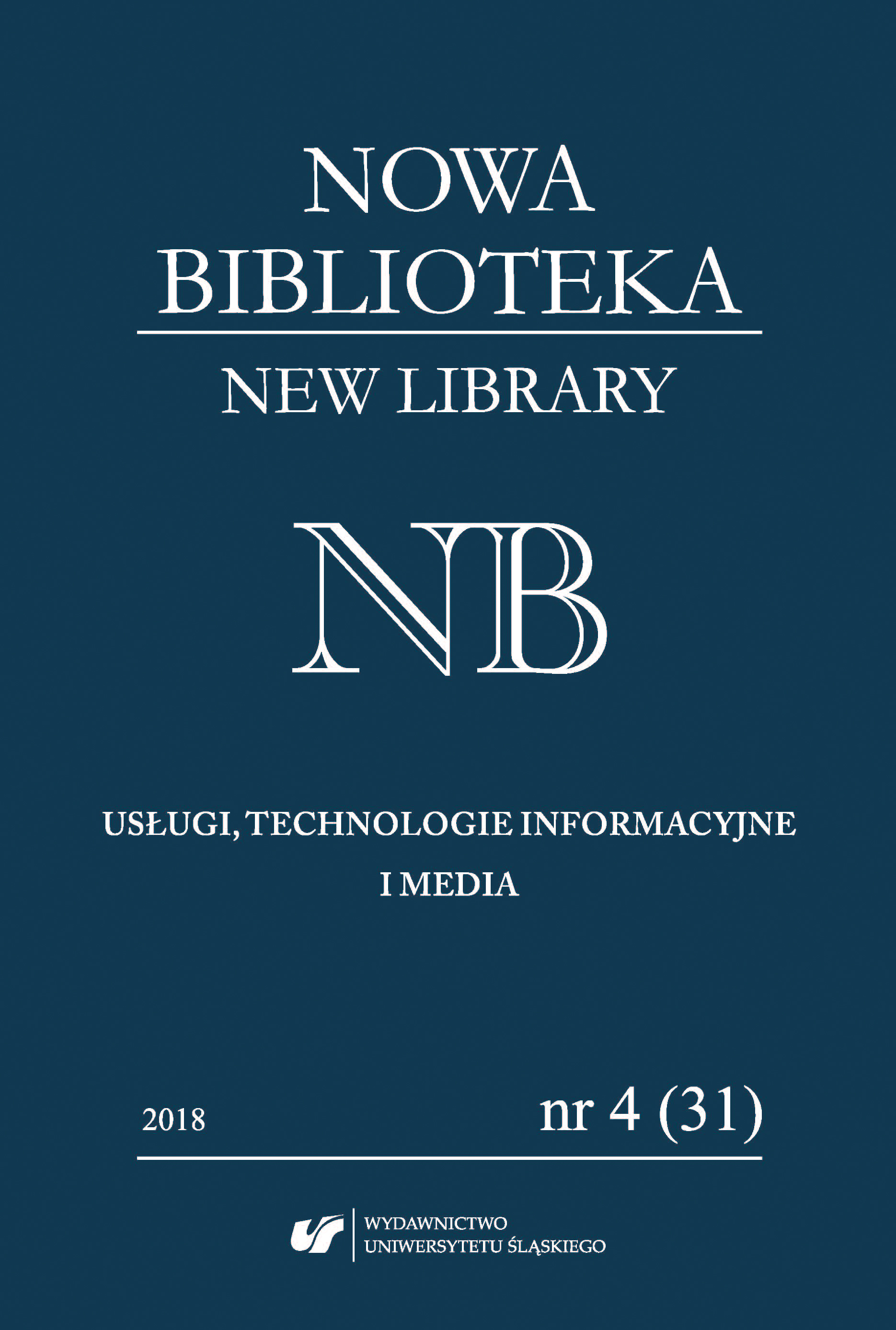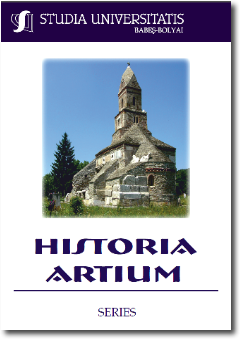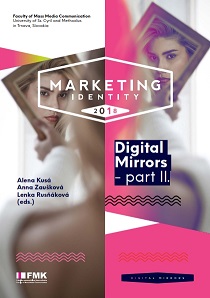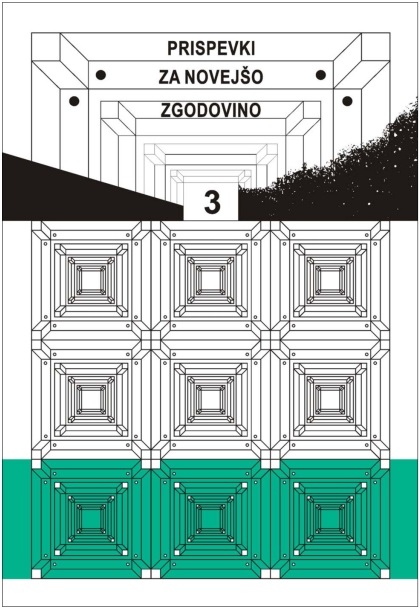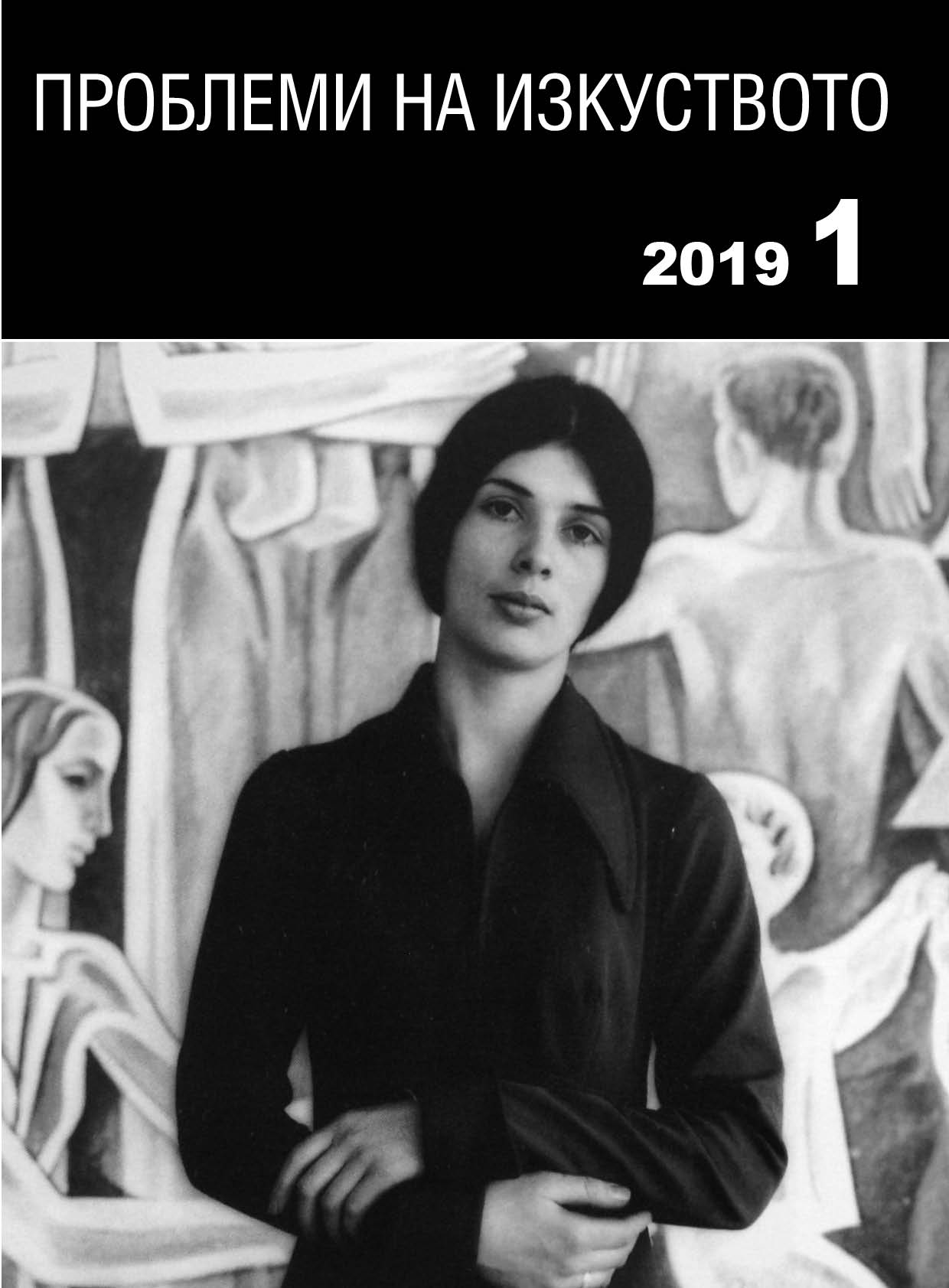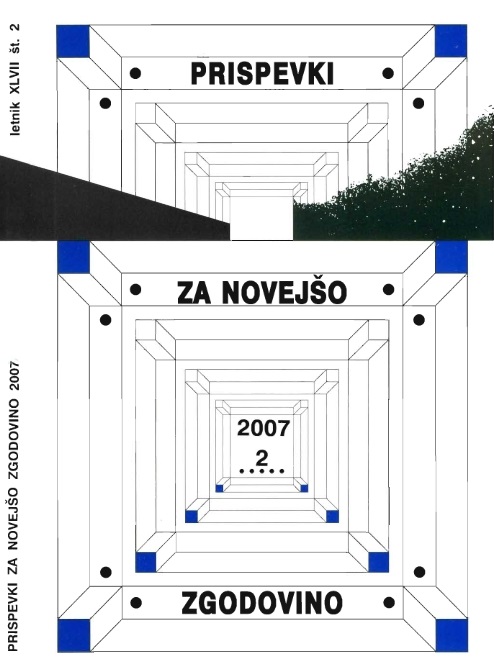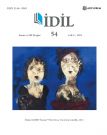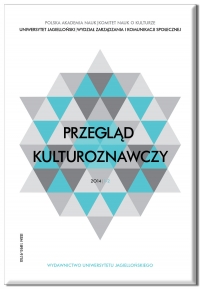Author(s): Nicolae Sabău / Language(s): Romanian
Issue: 1/2018
O scurtă Prolegomena la prezentarea volumului Programul arhitectural al Bisericii Române Unite cu Roma. Episcopia de Gherla și Cluj-Gherla (1853-1947). Tendințe stilistice între Orient și Occident, Editura Mega, Cluj-Napoca 2018, datorat istoricului și criticului de artă, Ina Roșu Vădeanu, face trimitere – plăcută realitate – la o programată și succesivă alegere tematică a disertațiilor întocmite sub generoasa cupolă a istoriei artelor din cadrul Facultății de Istorie și Filosofie a Universității Napocense, cercetări integrate unei tradiții, unui proiect generos mai vechi, început încă în urmă cu o jumătate de secol de istoricii de artă din „echipa” Academicianului Virgil Vătășianu, cercetători și cadre didactice care au definitivat Repertoriul / Topografia monumentelor istorice din 10 județe ale Transilvaniei, iar între anii 1991-1998, au inventariat edificiile patrimoniale din 121 de localități săsești – dintr-un ansamblu de 241 de localități săsești – aflate în jud. Bistrița-Năsăud, în zonele Reghin, Sebeș, Valea Hârtibaciului, Sibiu și regiunea Târnavelor, topografie concepută după modelul folosit de secția de evidență a Direcției Monumentelor Istorice din Renania, Brauweiler, sub îndrumarea științifică a instituției germane și a Comitetului Național German ICOMOS (Consiliul Internațional pentru Monumente și Situri al UNESCO) în parteneriat cu Direcția Monumentelor, Ansamblurilor și Siturilor Istorice (DMASI) din România, Centrul de Proiectare, Academia de Artă și Institutul de Arhitectură “Ion Mincu” din București, Institutul de Arheologie și Istoria Artei al Academiei Române, Filiala Cluj, Institutul de Studii Socio-Umane Sibiu al Academiei Române, Muzeul Etnografic Brașov, colaboratori ai Muzeului Brukenthal din Sibiu și Birouri de arhitectură pentru relevee.
More...
